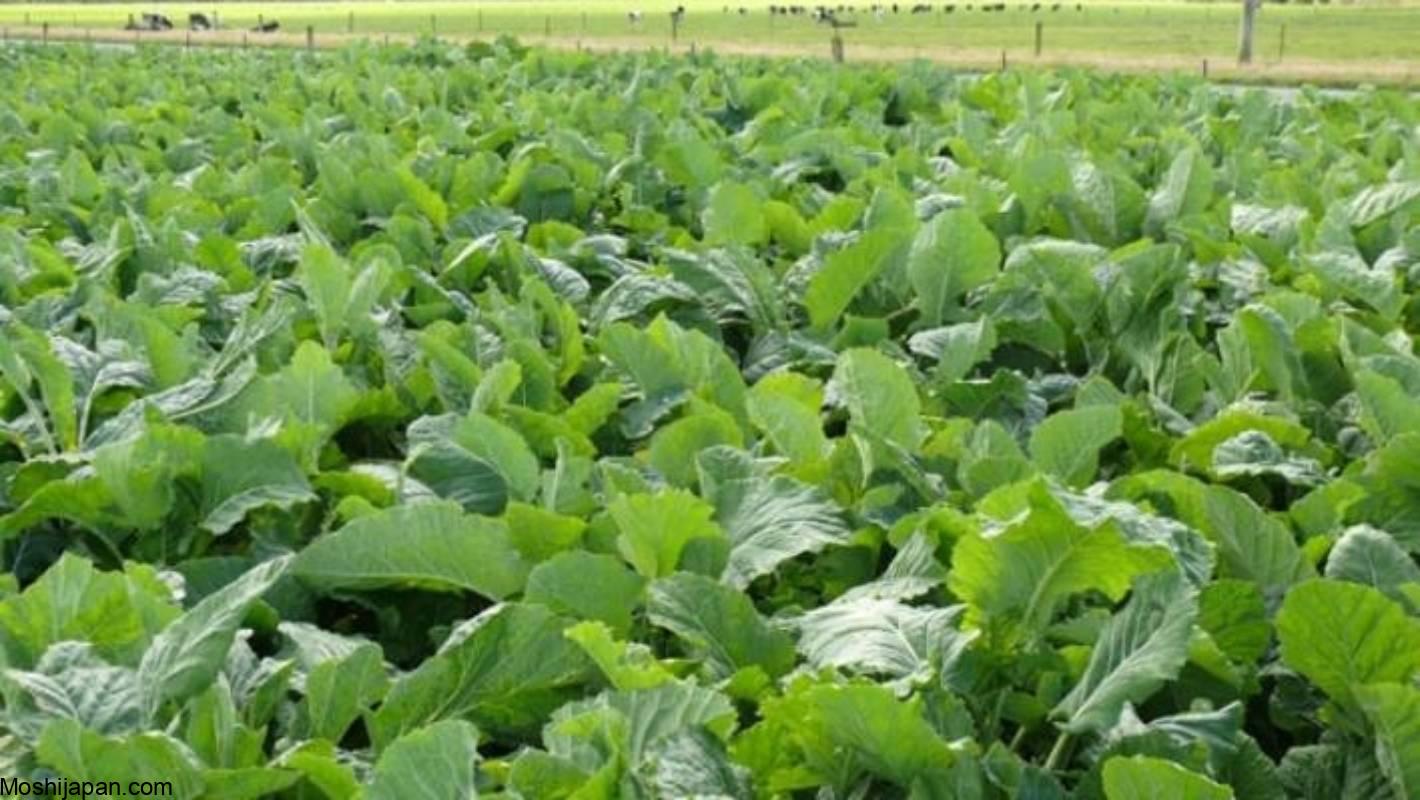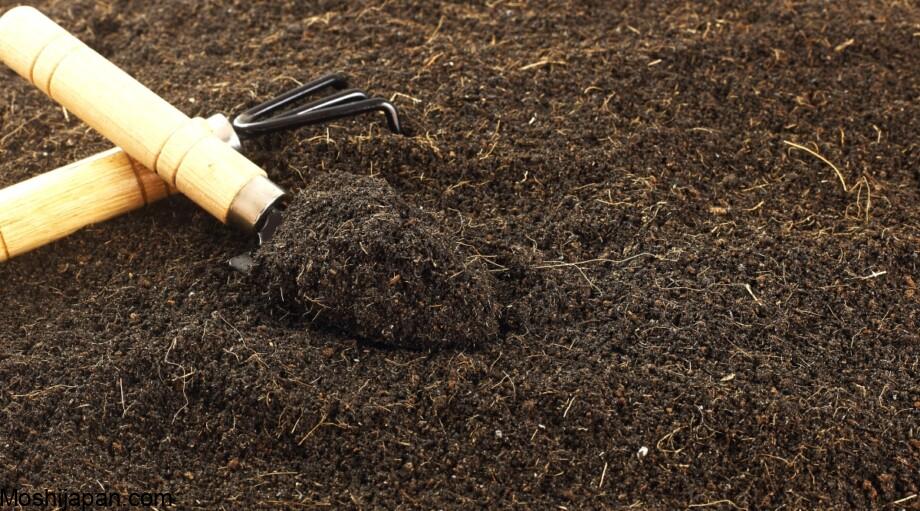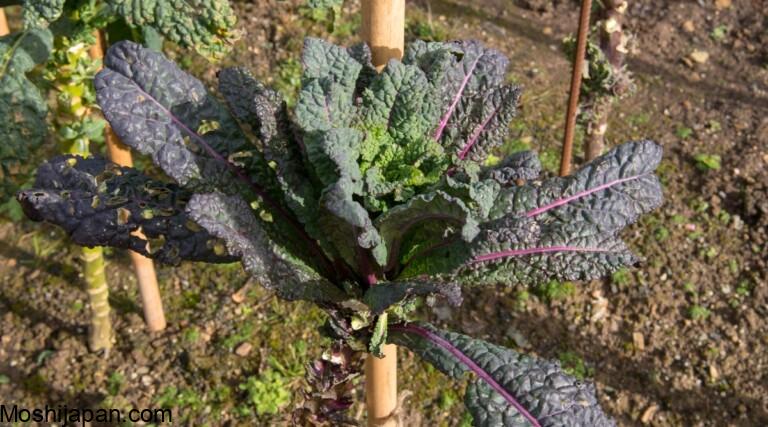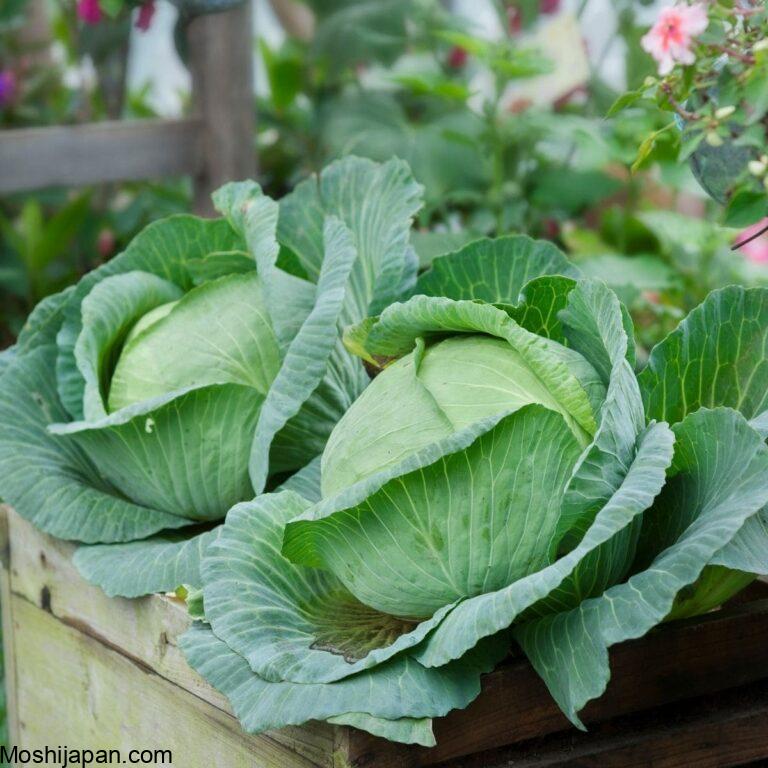13 Tips For Bigger Brassica Harvests This Season
When it comes to growing brassicas, you want nothing but the best for your garden. Whether you’re a seasoned gardener or just starting, these 13 expert tips will help you achieve bigger and more bountiful brassica harvests this season. We understand the importance of optimizing your brassica cultivation, so let’s dive right into it.
1. Select the Right Varieties

Choosing the right brassica varieties is essential for a successful harvest. Different types of brassicas, such as broccoli, cabbage, and kale, have specific growth requirements. Research the varieties that thrive in your local climate and soil conditions to maximize your yields.
2. Ideal Planting Time

To get the most out of your brassica plants, timing is crucial. Planting in the right season is essential. Brassicas generally prefer cool weather, so aim to sow your seeds in early spring for a fall harvest or late summer for a winter harvest.
3. Soil Preparation

Prepare your soil by enriching it with organic matter, such as compost or well-rotted manure. Brassicas prefer well-drained, fertile soil with a pH level between 6.0 and 7.0. Test your soil and adjust it as needed to create the perfect environment for your plants.
4. Proper Spacing

Spacing your brassica plants correctly ensures they have enough room to grow and receive adequate sunlight and airflow. Follow the recommended spacing guidelines for your chosen brassica variety to prevent overcrowding and disease.
5. Fertilize Wisely

Brassicas are heavy feeders, so providing them with the right nutrients is vital. Use a balanced, slow-release fertilizer to promote healthy growth. Avoid excessive nitrogen, as it can lead to lush foliage at the expense of your harvest.
6. Consistent Watering
Maintaining proper soil moisture is essential for healthy brassica plants. Be consistent with your watering, aiming for about 1 inch of water per week. Avoid overhead watering to prevent fungal diseases.
7. Pest and Disease Management
Keep a close eye on your brassica plants for signs of pests and diseases. Regularly inspect the leaves and take action if you notice any issues. Utilize natural remedies or organic pesticides to protect your crop.
8. Mulch for Temperature Control
Mulching your brassica bed can help regulate soil temperature and moisture levels. This is particularly important in extreme weather conditions. Apply a layer of organic mulch to keep your plants comfortable and happy.
9. Companion Planting
Consider companion planting to deter pests and enhance the growth of your brassicas. Plants like marigolds, nasturtiums, and onions can act as natural protectors. They not only repel unwanted insects but also complement the flavors of your brassicas.
10. Pruning and Thinning
To ensure your brassicas reach their full potential, thin them out and remove damaged or overcrowded leaves. Pruning helps direct energy towards the development of healthy and robust heads.
11. Floating Row Covers
Protect your brassicas from unwanted pests like cabbage worms and aphids with floating row covers. These lightweight, breathable fabrics act as a barrier while still allowing sunlight and rain to nourish your plants.
12. Harvest at the Right Time
Timing your harvest correctly is crucial to enjoy the best flavor and texture from your brassicas. Harvest broccoli when the head is tight and compact, cabbage when the head feels firm, and kale when the leaves are tender and vibrant.
13. Crop Rotation
Avoid planting brassicas in the same spot year after year. Crop rotation helps prevent soil-borne diseases from taking hold and keeps your soil’s nutrient balance in check.
Now that you’re armed with these 13 valuable tips, your brassica harvest is bound to be a success. Follow these guidelines, and you’ll be well on your way to a more bountiful and healthier brassica yield this season. Happy gardening!
Frequently Asked Questions (FAQ)Q1: When should I start planting my brassicas?
A1: The ideal planting time for brassicas depends on your local climate. For a fall harvest, plant in early spring. If you aim for a winter harvest, sow your seeds in late summer.
Q2: How can I protect my brassicas from pests?
A2: Protect your brassicas from pests by using floating row covers, companion planting with pest-repelling plants, and regular inspection to catch and address issues early.
Q3: What is the best way to fertilize brassicas?
A3: Fertilize your brassicas with a balanced, slow-release fertilizer. Avoid excessive nitrogen, as it can lead to lush foliage with smaller yields.
Q4: When is the right time to harvest my brassicas?
A4: Harvest broccoli when the head is tight and compact, cabbage when the head feels firm, and kale when the leaves are tender and vibrant.
Q5: Why is crop rotation important for brassica cultivation?
A5: Crop rotation is vital to prevent soil-borne diseases and maintain the nutrient balance in your soil. Avoid planting brassicas in the same spot year after year.
tag
- chicken feed
- how to Keep Chickens Off Your Porch
- How to grow oyster mushrooms at home
- Growing Kale in Pots



0 Comments